Hormone Changes During Your Cycle
A healthy menstrual cycle is one of the best ways to determine fertility. Every month your body prepares for pregnancy by releasing an egg in hopes of fertilization to occur to start the pregnancy process. If this does not occur then the egg will be excreted along with the endometrium lining which is made up of tissue and blood. There are 4 main phases during the entire average 28-day cycle. During these phases, the hormone levels will change dramatically in order to do their job properly.
Here is what is happening to your hormones during your menstrual cycle and all the different hormone changes that occur:
1. Low Hormones in Menstrual Phase
Hormones are at their lowest point during the beginning of your cycle, starting on day one, which is the first day that you start to bleed on your period. During this phase, the uterine lining sheds. Hormones are low because fertilization did not occur, and there is no proceeding pregnancy. Estrogen, progesterone, testosterone, FSH (follicular stimulating hormone), and LH (luteinizing hormone) will be low in this phase. These hormones help promote the maturation of the reproductive system, the release of the egg or ovulation, libido, and the build-up of the uterine lining. The menstrual phase accounts for the period of time when you are bleeding, so hormones are not needed to be high here because the body is resetting for the next opportunity to become pregnant.
Source: NIH
2. Hormones Rise in Follicular Phase
In the follicular phase, the hormone changes occur to start the promotion of the next ovulation. This phase starts after bleeding stops from the menstruation phase. Many hormones will now start to slowly increase to facilitate the process of ovulation. Within the ovaries, there are many different follicles that house eggs. One egg will be released in the fallopian tube once the follicle matures. Progesterone is the hormone that will aid promote the maturation of the follicles. Estrogen will help build up the uterine wall with tissue and stimulate the egg follicle's growth. Testosterone here will rise to cause an increase in libido to occur during ovulation, which is the only time conception can occur. FSH is released from the brain to communicate with the ovaries to start maturing the new egg.
Source: NIH
3. Hormones Peak in Ovulation Phase
During the ovulation phase, hormone changes occur to make levels reach their peak. Ovulation is the prime time for conception. As a result, all the reproductive hormones will shoot up to ensure the ovaries are ready, the follicle matures, and the egg can be released into the fallopian tube. The job of LH in this stage is to signal the ovary to release an egg from a follicle. Once the follicle bursts and the egg is released, the remaining follicle becomes a corpus luteum, and high levels of progesterone are released to promote conception. In this stage, the egg can remain fertile for 12 - 24 hours before it dies and needs to shed. This is why testosterone is so important to peak during ovulation because this hormone will help with libido to ensure motivation for intercourse, and sperm can enter the uterus.
Source: NIH
4. Hormones Decline in Luteal Phase
The last part of the cycle is the luteal phase, where hormone changes occur to reset for the next cycle. The luteal phase occurs after ovulation has ended. Once the body recognizes that the egg has not been fertilized, it prepares to shed the egg for a period. Estrogen levels will be high during this phase, while most other hormones are low. Estrogen is the main culprit for PMS, premenstrual syndrome, and symptoms that you may endure in this phase before your next period. Estrogen impacts the breast tissue and uterine muscles, causing soreness in the breasts and cramping in the pelvic region. Progesterone is typically higher in this phase because it promotes the next cycle of fertility after a failed attempt.
Source: NIH







